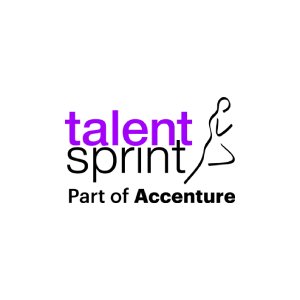The Age of Creative Intelligence Demands a New Business Strategy

In 1886, Coca-Cola was invented as a tonic.
In 2023, it asked the world to reinvent it.
Through its “Create Real Magic” campaign, a collaboration with OpenAI and Bain & Company, the brand gave digital artists access to GPT‑4 and DALL·E to generate original Coke-themed artwork. The response was staggering: over 120,000 pieces of content were created, with users spending an average of seven minutes engaging with the platform. The most compelling works appeared on billboards in Times Square and Piccadilly Circus, while 30 creators were flown to Coca-Cola’s global HQ in Atlanta to imagine what comes next.
Source: VentureBeat

Source: Coca-Cola Co
It wasn’t just a marketing experiment. It was a question posed to the world:
What happens when creativity no longer scales linearly, but exponentially?
What Happens When AI Becomes a Creative Partner?
Coca-Cola’s experiment was more than visual. It revealed a new rhythm of work where ideas are generated in seconds and refined collaboratively.
- Marketing teams could explore hundreds of campaign variants before choosing one.
- Product teams could simulate feedback on packaging or pricing.
- Customer teams could test narratives across segments, tones, and cultures
This isn’t automation. This is synthetic imagination.
The Silent Struggle at the Top
But while teams explore and iterate, a quiet tension lingers in the boardroom. Because not all leaders are sure how to lead what they don’t fully understand.
They’ve seen the demos. Heard the use cases. Maybe even launched a pilot. But deep down, a familiar hesitation remains:
“Am I leading this shift or just approving it?” This gap is widening.
Coca-Cola Didn’t Just Use AI. It Let Go of Control
That’s what made its campaign powerful. It wasn’t about tech, it was about trust.
It let outsiders shape the brand and let machines shape the art.
That kind of move is made with confidence in vision. That’s what today’s leaders need to cultivate:
Not mastery of tools, but fluency in possibilities.
The ability to ask better questions, to frame better challenges and to set bolder directions.
Because the future of business will be written by the people who know what to do with them.
Leadership Is Being Rewritten. Quietly. Boldly. Now.
Across industries, forward-looking professionals are taking a step back, not to catch up with AI, but to get ahead of what it means for their teams, customers, and strategy.
They’re learning not how to build AI, but how to lead it. Not just how to approve use cases, but how to shape them.
To do that, many are turning to focused, high-impact learning experiences from reputed institutions, the kind built for decision-makers, not developers. Because while AI courses are everywhere, only a few are designed to solve real leadership challenges.These are the programs that go beyond tools and trends, empowering leaders to turn emerging capabilities into strategic direction.
Because no matter how powerful the technology becomes, it’s still humans who leverage it, apply it and lead it forward.
Read also: AI in Business: How AI is Changing the Future of Business

TalentSprint
TalentSprint is a leading deep-tech education company. It partners with esteemed academic institutions and global corporations to offer advanced learning programs in deep-tech, management, and emerging technologies. Known for its high-impact programs co-created with think tanks and experts, TalentSprint blends academic expertise with practical industry experience.



